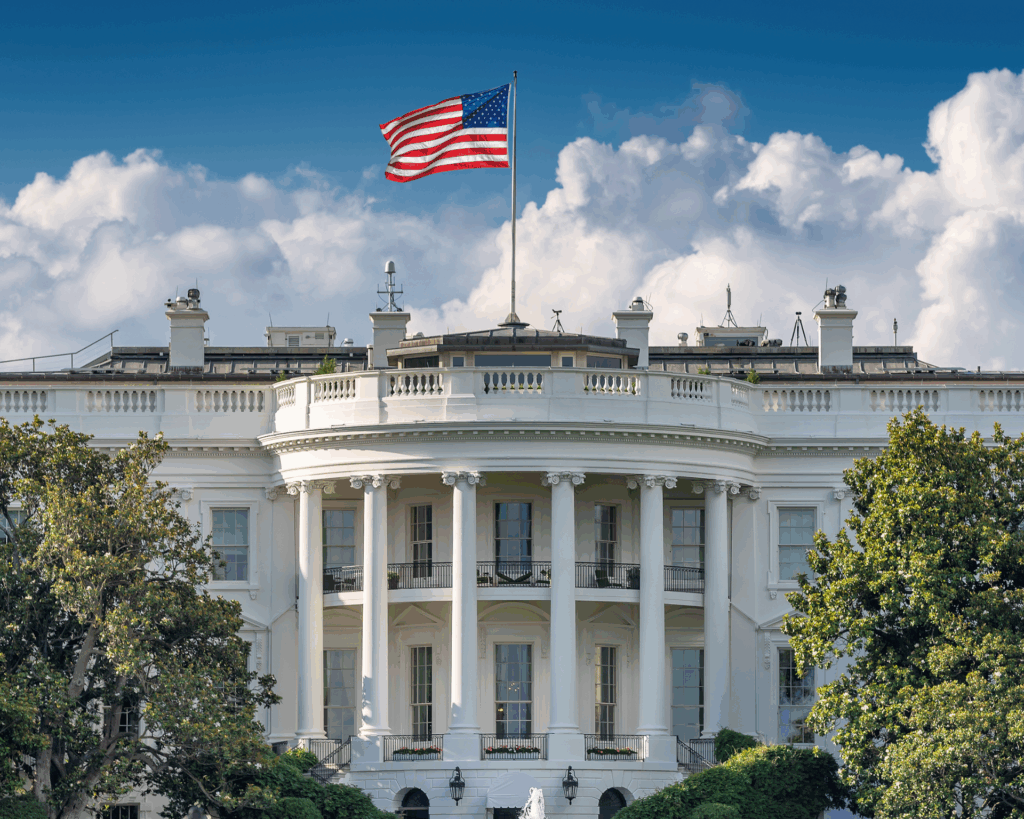Hydration Regulations
Researchers compared beverage regulations and their effect on different groups of people.

Read Time: 3 minutes
Published:
Nearly 4 of every 10 adults in the United States live with obesity, which increases their risk of cardiovascular disease, type 2 diabetes, and at least 13 cancers.
Sugar-sweetened drink ingestion is a key driver of obesity. Not only sodas, but also fruit juice, sports drinks, energy drinks, sweetened waters, coffee and tea are sugar-sweetened beverages. Over half of US adults drink sugary beverages on any given day. However, consumption varies by age, biologic sex, ethnicity, education level, income, and geography. The CDC reports that sugar-sweetened beverage consumption is highest among males, young adults, Black and Mexican adults, and persons with lower income.
Legislators have been taking action to reduce consumption by regulating portion size for years. Most recently, California passed legislation to prohibit the sale of unsealed sugar sweetened (e.g. fountain drinks) beverages larger than 16 ounces. New York City passed a similar regulation in 2012. The only difference between the California and New York City regulations being that the latter did not include convenience stores since New York’s City Board of Health did not have jurisdiction over the stores.
Smith, Grummon and Frerichs analyzed data for 6,594 adults collected between 2013 and 2016 by the National Health and Nutrition Examination Survey to evaluate how the distinct California and New York policies would impact various demographic groups if implemented nationally. Investigators suspected that the California policy model would affect more consumers because it included convenience stores, which serve as a primary source of sugar sweetened beverages in low-income neighborhoods.
While both regulation models could reduce sugar-sweetened beverage consumption, including convenience stores in the regulation leads to a small difference in outcomes. The findings suggest more adults would be affected by the California model (14.7%) compared to the New York City model (8.9%) if implemented on a national scale. The figure illustrates that younger people, males and those with less education were likely to be most impacted by the policy model including convenience stores. The investigators found no evidence that either model would have differential effects for Black, Hispanic or low-income people, despite these groups being some of the greatest consumers of sugary drinks.
Policies regulating portion size are promising, but likely to be incompletely effective if they do not impact the people that need them most. The overconsumption of sugar leads to weight gain and if extreme, health decline may unfortunately follow.
Databyte via Smith N, Grummon A, Frerichs L. Demographic Groups Likely Affected by Regulating Sugar-Sweetened Beverage Portion Sizes. American Journal of Preventive Medicine. 2020.



